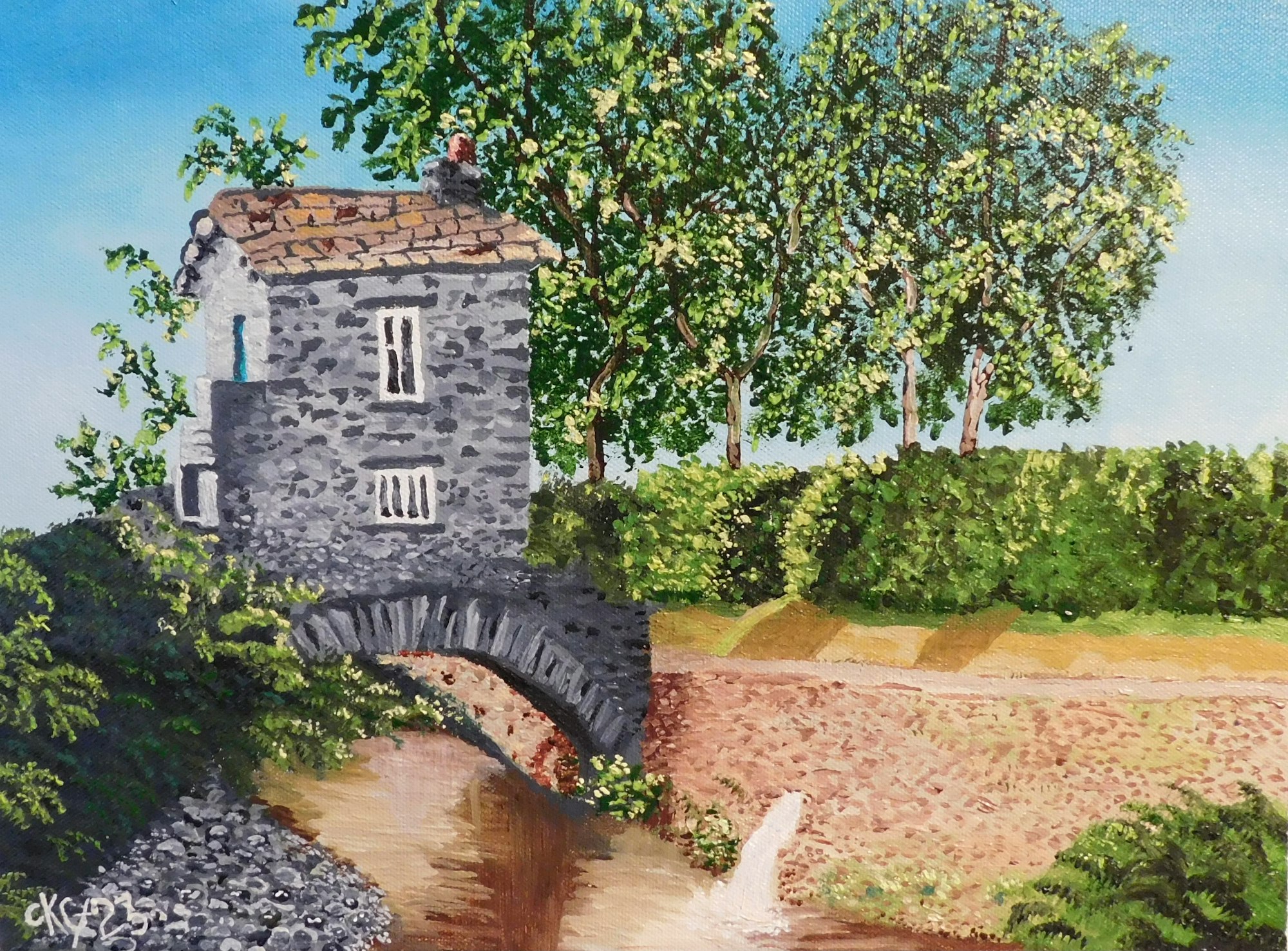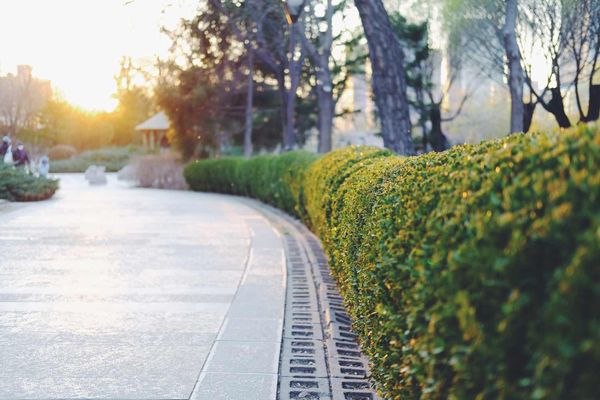You may not have given much thought to drainage during the excitement of the building process or while decorating your new space, but these unglamorous details are key to protecting your home's foundation.
Water damage is one of the leading causes of structural issues in houses, and it often starts with problems you can see - and easily fix - like improper drainage and water pooling around the slab edge of your house.
Taking steps now to control water flow and ensure it moves away from your home's foundation will save you thousands in repairs down the road. Though gutter cleaning and re-grading your yard may not seem exciting, your future self will thank you for the solid foundation you've built under their feet.
Protecting your home's structure starts from the ground up, so let's make sure we get the basics right. Ready to keep your new home on solid ground for years to come? Let's jump in!
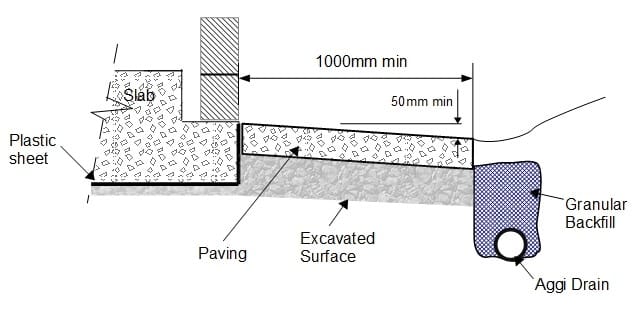
Proper Site Preparation: Grading, Drainage and More
Proper site preparation is key to protecting your foundation. It starts with grading - making sure the land around your home slopes away from the building. Water should run away from the house, not towards or under your foundations.
You'll also want to install gutters and downpipes to catch rainwater from the roof and direct it away from the base of the walls. Connect the downpipes to stormwater pipes that drain away to mains water collection points. If water pools next to the foundation or in garden beds against the slab edge, it can seep in and cause damage.
Check for standing water anywhere around the house after heavy rains. If there are spots where water collects, you may need to re-grade the area or install additional yard gullies or french drains to divert it away. French drains are perforated pipes buried in gravel-filled trenches that can move large volumes of water to sumps or outlets.
Surface drains like swales and ditches should slope away from the building at a minimum of 50mm over the first 1000mm of distance away from the slab edge. Make sure any underground drain pipes have a slope of at least 10mm per metre. Proper drainage prevents hydrostatic pressure buildup under and around the foundation.
Don't forget to install a moisture barrier like polyethylene sheeting under the concrete slab and extend it up the sides of the slab edge to prevent dampness which causes rising damp and efflorescence. Read more about efflorescence in this post.neighbour
If you take the time to properly prepare your site before construction, you'll have done your part to prevent foundation issues like tilting, cracking and water damage. A stable, dry foundation means a solid house for years to come. Your home is a big investment - protect its value by protecting its foundation.
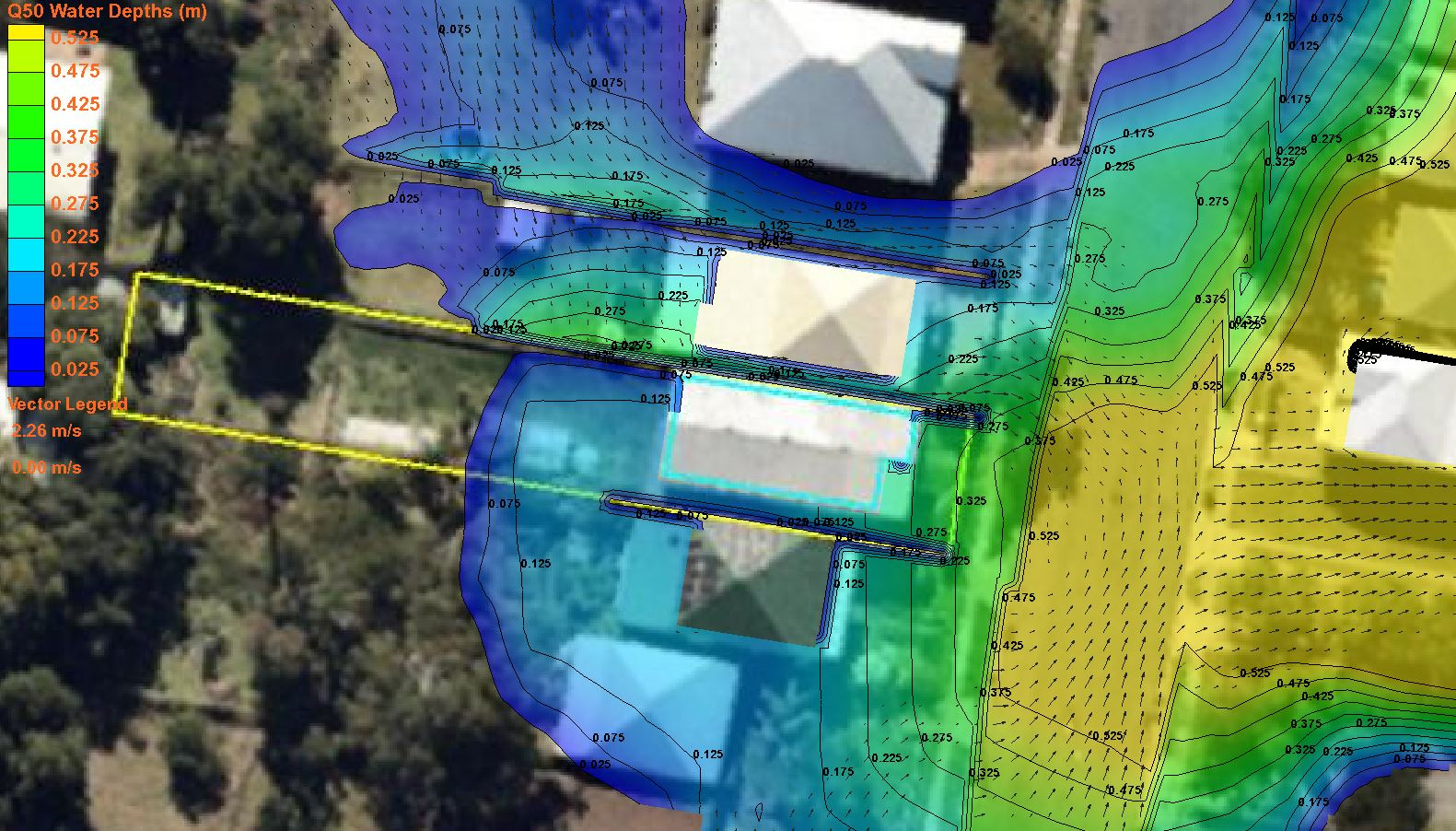
Overland flow of water
Overland flow of water can be a real pain in the butt both during construction and after handover. The good news is there are things that you can do to help prevent this from being an issue on your property.
Being prepared ahead of major rain events is important to cope with stormwater impacts. As a property owner, you are responsible for preventing surface water from entering your homes during heavy rain. It seems a little counterintuitive that you contract a building "expert" to design and construct your home but ultimately, if insufficient measures are in place, you are ultimately responsible for water ingress into your home.
It is important to remember that property owners are required to accept natural water overland flow from adjoining properties or public land. It's the responsibility of downstream property owners to manage and protect lawfully constructed building structures through their drainage systems. You cannot restrict or redirect the flow of water overland in a way that causes water to pond and become stagnant.
Dealing with overland water flow can be quite frustrating, especially when your neighbour is unresponsive or unwilling to cooperate. Based on our experience, the best approach to address overland water flow issues is to take matters into your own hands, especially if a quick and cost-effective solution like installing a yard gully or a small cutoff or diversion drain is possible. Your local council typically won't get involved in overland water flow problems. They may suggest mediation first and then inform you that it's a civil matter, indicating that you need to pursue a legal remedy to resolve the issue. That's why we recommend resolving it as swiftly and inexpensively as possible, avoiding the expenses, time, and emotional toll that come with involving lawyers and the legal process.
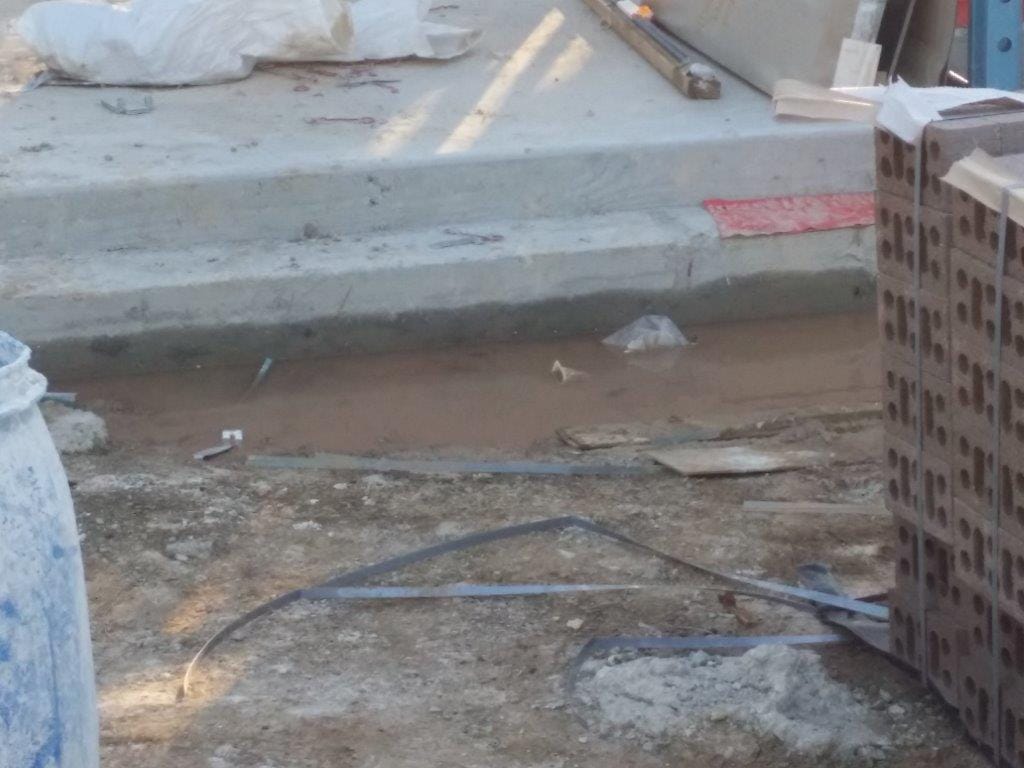
A Solid Foundation: Avoiding Erosion and Soil Movement
To safeguard your foundation, focus on proper grading and well-maintained gutters. Neglecting these can lead to costly structural damage later on.
Keep Water Flowing Away
The number one rule is making sure water flows away from the house. Grade the soil around the foundation to slope away at a rate of at least 50mm over the first 1000mm. This prevents puddling and ensures rain drains away from the building.
Clear the Area
Remove any plants, trees, or shrubs within 1 to 1.5 metres of the foundation. Their roots can damage foundations, and they prevent proper grading and drainage. Trim any overhanging branches as well. Organic debris like wood chips, mulch, and compost should also be cleared from around the foundation. These materials hold moisture and can promote mould, mildew, and pest infestations if left next to the building.
Inspect and Maintain
Routinely inspect your foundation, grading, gutters, and downpipes. Look for signs of damage, leaks, clogs, soil erosion or water ponding. Make any necessary repairs to prevent small issues from becoming big problems. Re-grade soil if needed and clear drains and gutters of any debris at least once a year, preferably in the fall. Your foundation supports the entire structure of your home, so taking the time to properly care for it will give you peace of mind and help avoid costly damage down the road.
Subsidence Policy
We recently published a related post on the subsidence policy and its relevance during construction. It's a straightforward read and provides insight into your builder's responsibilities. You can read the post here.
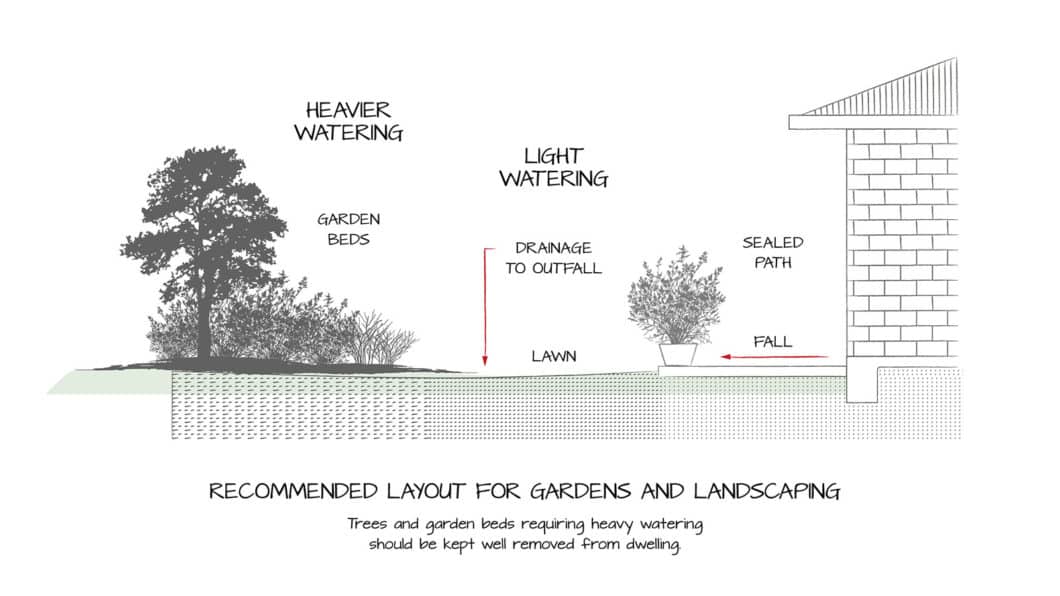
Vegetation Management: Trees, Roots and Organics
Vegetation of all kinds can wreak havoc on home foundations if left unchecked. Trees and shrubs deplete soil moisture which causes shrinkage, and their roots can damage underground pipes and footings. Meanwhile, decaying organic matter like leaves creates unstable soil that won’t properly support a structure.
To protect your foundation, manage the vegetation around your home. Trim back tree branches and shrubs so they don’t touch the house. Their proximity can lead to damage from wind, pests, and excess moisture. Remove any dead or dying trees, especially those within 3 metres of the foundation. Their decomposing roots leave voids in the soil that can lead to settling.
Inspect the site for root damage after tree removal. Probe the soil around where the stump was located to find any leftover roots or voids. Fill in any poorly compacted areas you find with fresh soil or concrete. Leaving decaying roots and voids can reduce the bearing capacity of your foundation soil and cause instability.
Establish a vegetation-free zone within 1 to 1.5 metres of the foundation. The closer plants are to your home, the more opportunity for damage. Remove everything in this zone, including grass, shrubs, mulch, and leaf litter. Bare soil is best for preventing excess moisture and pest access. Re-grade the soil to slope away from the foundation at a rate of 150mm per 3 metres. This helps rain and irrigation water drain away from the footing area.
Managing vegetation and maintaining proper grading are two of the most important things you can do to protect your foundation. By removing damaging plants, clearing organic debris, and improving drainage you create stable, moisture-controlled soil conditions that will support your home for years to come. Be vigilant in your inspections and don’t hesitate to call an expert if you notice any signs of foundation damage from vegetation or water issues. Preventing problems is always easier than fixing them, so make vegetation management around your home’s foundation a top priority.
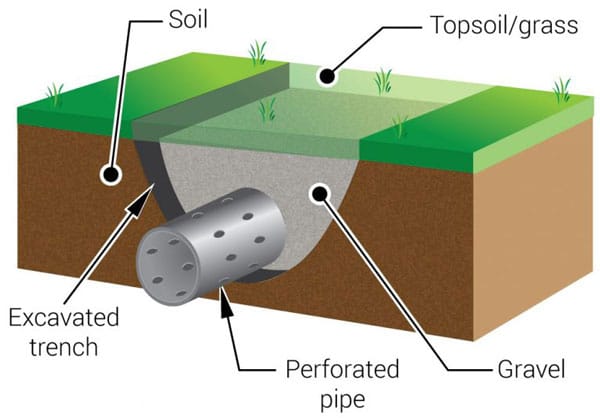
Long-Term Maintenance: Keeping Water Away for Good
Long after construction is complete, it’s important to continue maintaining proper drainage around your home’s foundation. Installing gutters and downspouts during building will help divert rainwater away from the base of the house, but keeping water from pooling or seeping into the soil over the years requires ongoing vigilance.
Regularly inspect your gutters and downpipes, especially during the winter months, to ensure they remain free from leaves and debris. Blockages can impede proper water flow, leading to overflow and the risk of water seeping into the ground close to your foundation. Consider using gutter guards, but be mindful of the tree types in your vicinity. For instance, pine trees shed needles that can pose challenges with certain types of gutter guards. These needles may get caught in the perforations, effectively creating small retaining walls on the guard's surface. While this is still preferable to having needles inside your gutters, it introduces a new concern related to fire safety that wasn't present before.
Even with gutters, it’s a good idea to slope the soil around the house so water flows away from the building. Re-grade the soil if you notice water pooling after heavy rains.
In areas with high rainfall, you may find it necessary to install additional drainage points. Consider using perforated pipes such as agricultural pipes or slotted/drilled PVC pipes. These pipes should be strategically placed along the foundation footer and directed away from the house to effectively collect and divert groundwater before it accumulates against the foundation walls. To create the most efficient drainage system, connect these pipes to downpipes and sump pumps, ensuring that all excess water is directed away from your property.
Avoid installing French drains near your foundation, as both the drains and the surrounding soil often retain moisture long after the rain has ceased. This localized soil saturation can lead to heaving and subsidence issues. The primary goal is to channel water away from the foundation towards designated drainage points or pits, allowing it to be directed into the stormwater system and carried away from your home.
A dry foundation and surrounding soil is key to preventing costly structural damage to your home. Don’t ignore small issues like dripping downpipes or efflorescence on exposed slab edges, as minor problems left unaddressed can lead to major headaches down the road.
Staying on top of drainage and moisture control from the beginning will help ensure many years of stability and protection for your home’s foundation.
Conclusion
It may not be the most exciting part of a new build but it's certainly important. Take the time now to get the details right and you'll avoid headaches down the road. Keep those gutters clear, make sure water flows away from the house, and you'll be sitting pretty for years to come.
Your home is a big investment, so do yourself a favour and ensure proper drainage and slope. It's not rocket science but attention to these details will help keep your foundation solid and prevent damage. Take care of the little things, and the big things take care of themselves.


